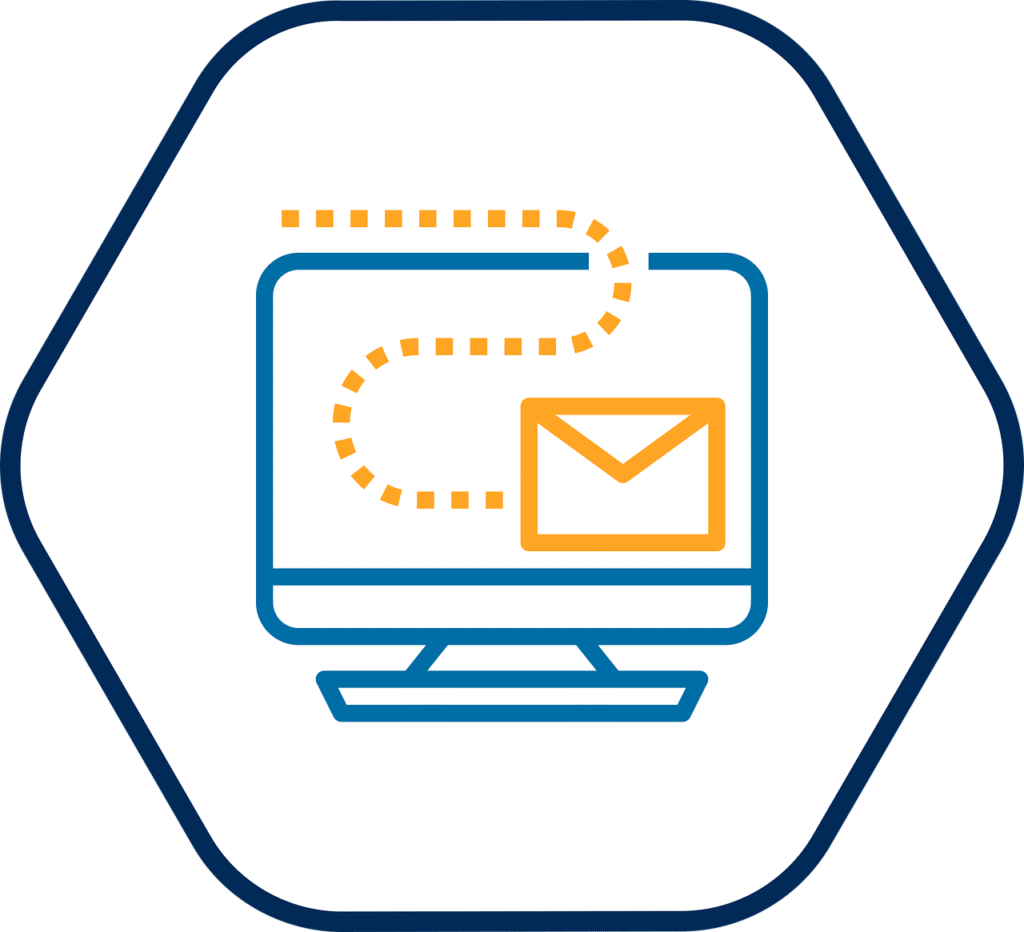What Is The Best Time To Send Newsletters For Maximum Open Rates?
What is the best time to send newsletters for maximum open rates?
Understanding Newsletter Open Rates
When it comes to email marketing, open rates play a crucial role in determining the success of your campaign. The open rate refers to the percentage of recipients who open your email out of the total number of recipients. It is essential to know the best time to send newsletters to ensure that your subscribers actually open and read your emails.
Factors Affecting Open Rates
Various factors can impact the open rates of your newsletters, including the time and day you send them. Your subscribers’ habits and preferences also play a significant role in determining when they are most likely to open and engage with your emails. Understanding these factors is essential in optimizing your email marketing strategy for maximum success.
Finding the Best Time to Send Newsletters
Determining the best time to send newsletters requires some trial and error, as the ideal timing can vary depending on your target audience. However, there are some general guidelines and best practices that can help you maximize your open rates.
Know Your Audience
The first step in finding the best time to send newsletters is to know your audience. Understanding your subscribers’ habits, preferences, and time zones can give you valuable insights into when they are most likely to engage with your emails. Consider conducting surveys or analyzing your email analytics to gather data on your subscribers’ behavior.
Consider Time Zones
If your subscribers are located in different time zones, you need to consider this factor when deciding when to send newsletters. Sending emails at the wrong time can result in lower open rates, as recipients may not see your emails until much later. Take into account the time zones of your target audience to ensure that your newsletters reach them at the optimal time.

Best Days to Send Newsletters
While the ideal time to send newsletters can vary depending on your specific audience, there are certain days of the week that generally tend to perform better in terms of open rates.
Weekday vs. Weekend
Determining whether to send newsletters on weekdays or weekends depends on the nature of your audience and the content of your emails. While weekdays may be more suitable for B2B communication, weekends could be ideal for B2C emails. Consider the preferences and habits of your subscribers when deciding which days to send newsletters.
Tuesday and Thursday
According to industry statistics, Tuesday and Thursday are often considered the best days to send newsletters, as they tend to yield higher open rates. Subscribers are more likely to engage with emails mid-week when they have settled into their routine, making it an ideal time to catch their attention.
Best Times to Send Newsletters
In addition to determining the best days to send newsletters, the timing of your emails also plays a crucial role in their open rates. By sending emails at the right time, you can increase the chances of your subscribers actually seeing and engaging with your content.
Morning vs. Afternoon
Deciding whether to send newsletters in the morning or afternoon can impact the success of your email campaign. While some subscribers may check their emails early in the morning, others may be more active in the afternoon. Consider testing different timings to see which slots yield the best open rates for your newsletters.
Peak Engagement Hours
Research shows that the most popular times for opening emails are between 9 am to 11 am and 3 pm to 4 pm. These peak engagement hours are when subscribers are most likely to check their emails and engage with the content. By sending newsletters during these time slots, you can increase the likelihood of your emails being opened and read.

Automated Scheduling
One of the most effective ways to determine the best time to send newsletters is through automated scheduling. Email marketing platforms offer features that allow you to schedule emails based on your subscribers’ behavior and engagement patterns. By automating the timing of your emails, you can ensure that they reach your subscribers at the optimal time for maximum impact.
A/B Testing
A/B testing is another valuable tool for determining the best time to send newsletters. By sending the same email at different times and analyzing the results, you can identify when your subscribers are most likely to engage with your content. Use A/B testing to experiment with different timings and track the open rates to optimize your email marketing strategy.
Conclusion
In conclusion, the best time to send newsletters for maximum open rates depends on various factors, including your target audience, time zones, and the nature of your content. By understanding these factors and following best practices, you can increase the success of your email marketing campaigns and maximize your open rates. Experiment with different timings, days, and automated scheduling to find the optimal timing for sending newsletters and engaging with your subscribers effectively.
